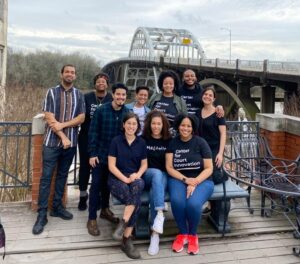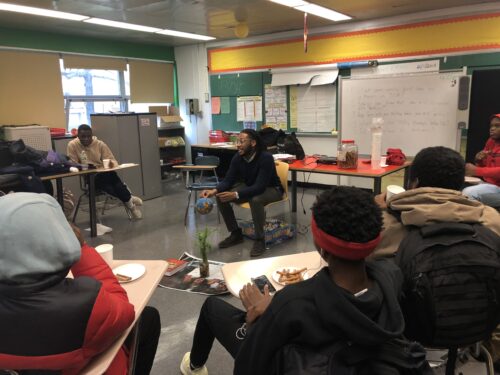I was able to build a lasting relationship while helping students in need by simply listening and caring.
— Restorative Justice Coordinator
Strong relationships create safer and healthier school environments—for both students and educators. Now, after more than a year of navigating remote and hybrid approaches, it is more important than ever to proactively create supportive, positive environments for people to thrive.
With thoughtful planning and a supportive framework, schools can incorporate restorative justice in their approaches to conflict resolution, building interpersonal connections, dealing with harm, and setting students up for long-term success.

Hear our Restorative Justice in Schools team share their experiences and lessons learned on a special episode of New Thinking.
Use restorative justice to strengthen your school community by:
- Paying attention to the strengths and needs of your school and building from there.
- Modeling behavior you wish to see—taking accountability, acknowledging mistakes, leading by example, and authentically sharing with students.
- Creating safe, supportive spaces that offer snacks, water, friendly conversation—a respite from everything else.
- Being patient and flexible. Change takes time, and restorative justice isn’t a one-size-fits-all solution.
Making school a place where students want to be is far more effective at preventing harm and promoting positive behavior than traditional punitive approaches. Restorative justice can help support change towards a positive school community for all.
Our Restorative Justice in Schools curriculum is an in-depth look at our three years embedded in Brooklyn high schools, and is meant to assist educators, students, and community members build positive connections in their school communities.
